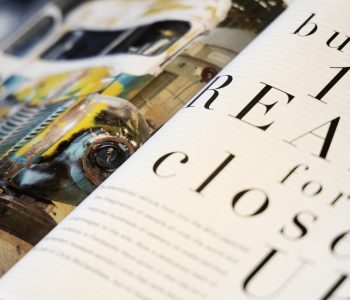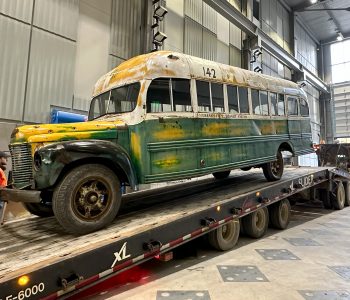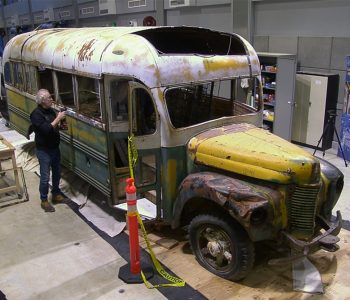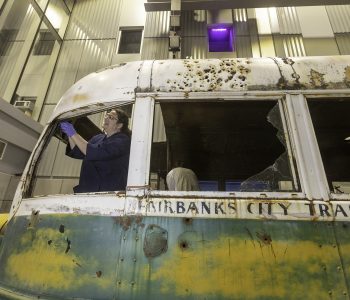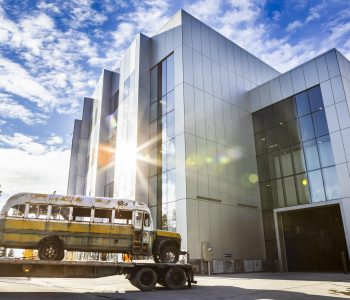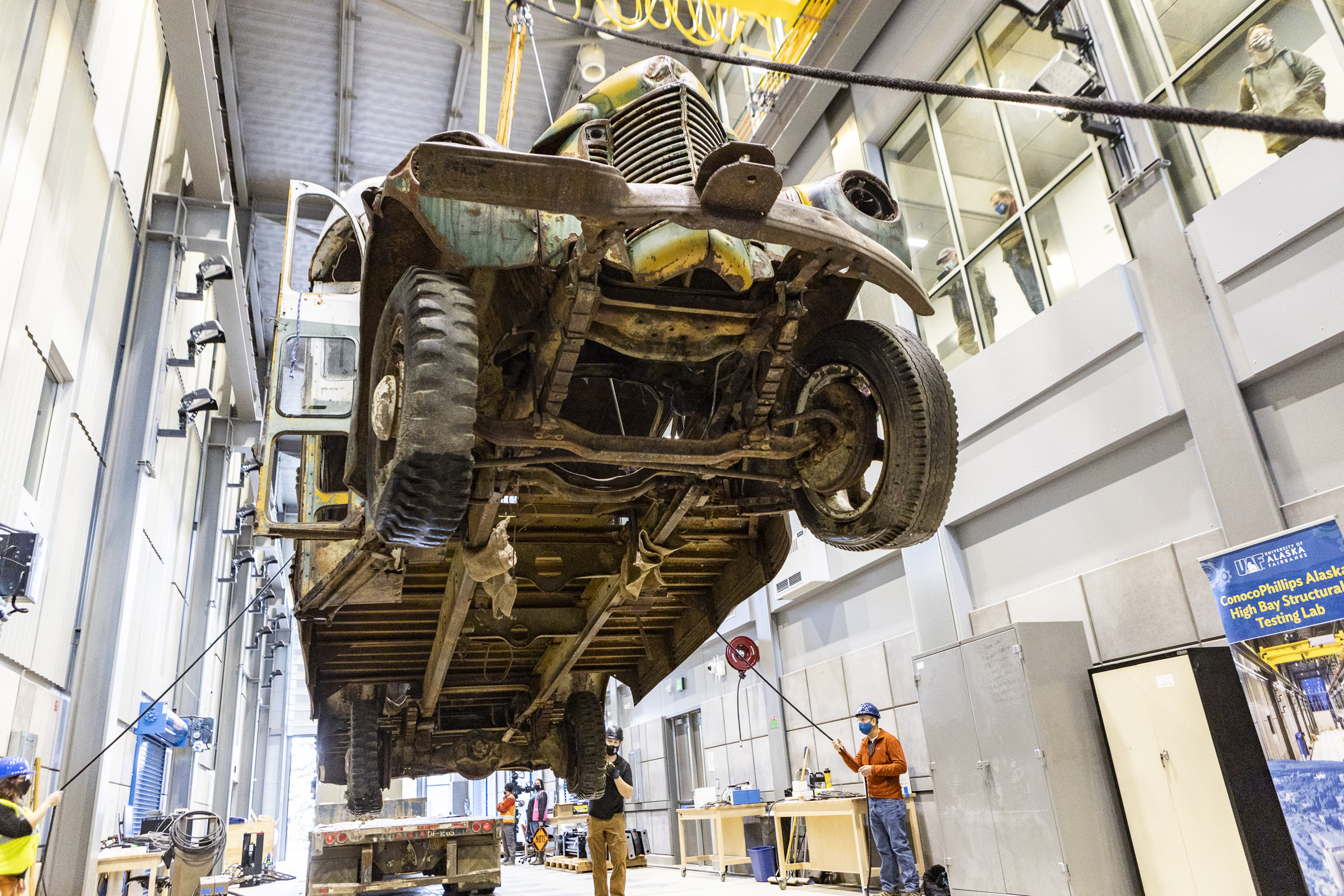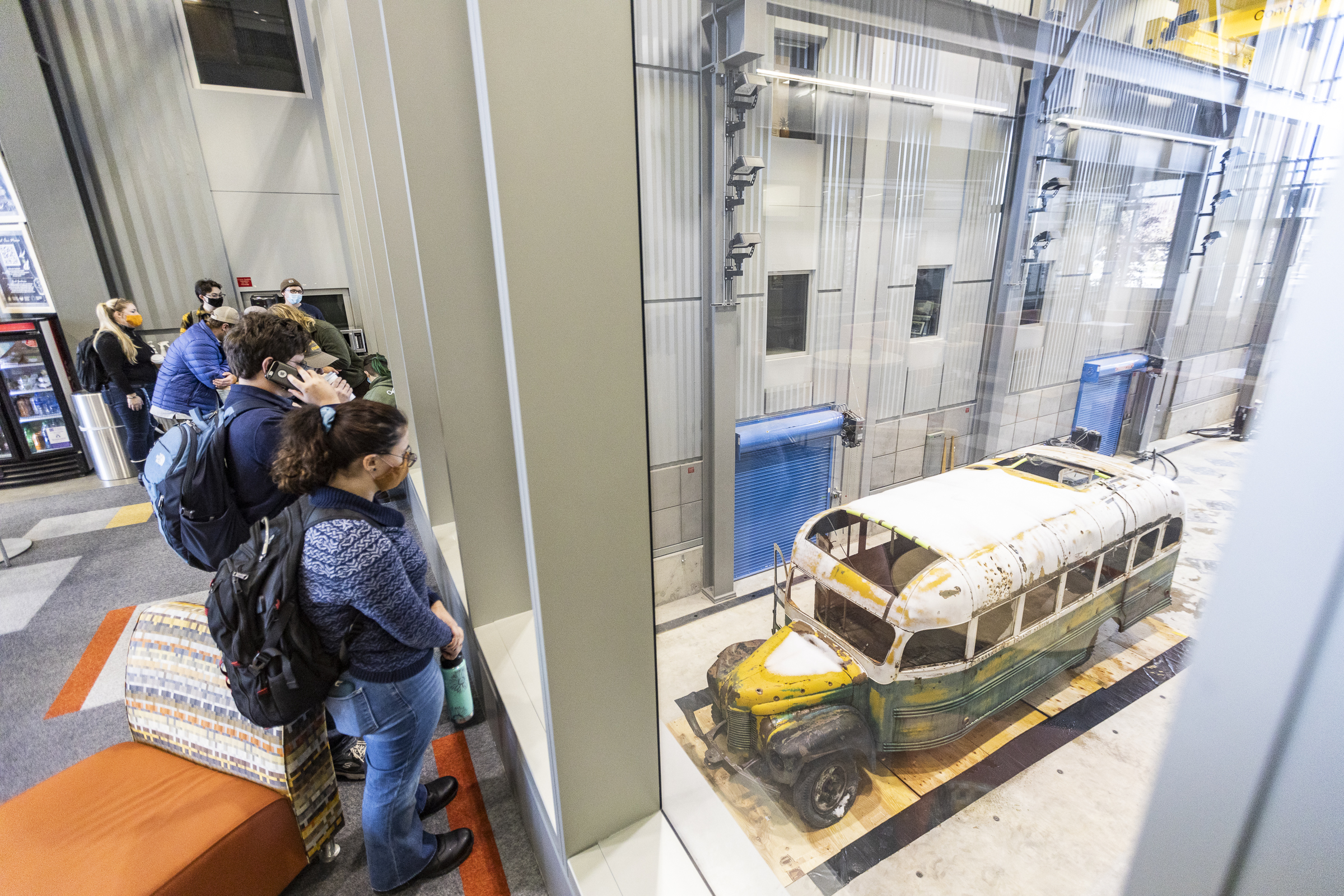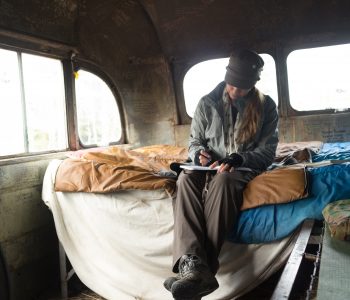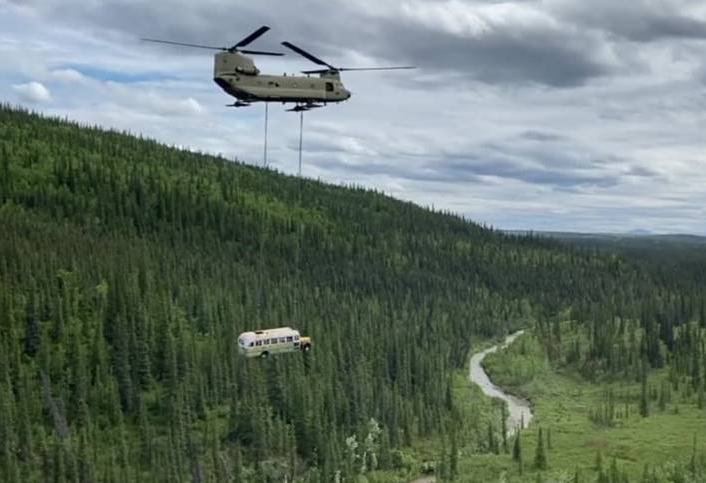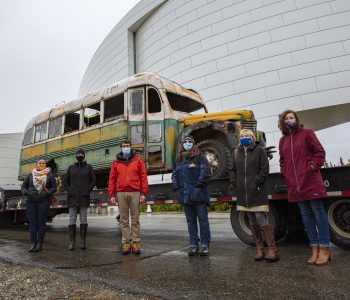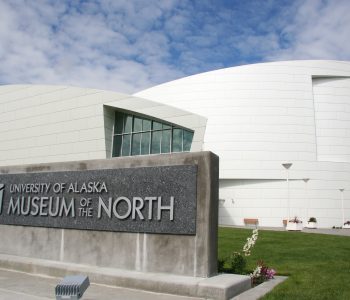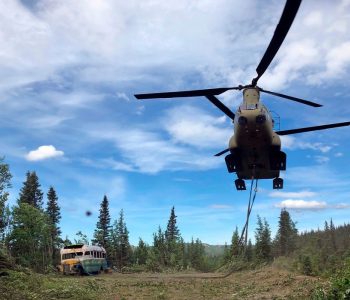
CJMMF Funds Bus 142 Exhibit Shelter
Hello friends! We have good news. Funds for the outdoor shelter that will house Bus 142 have been raised. This generous $125,000 donation came from the Christopher Johnson McCandless Memorial Foundation, founded by Chris’s parents long ago. His sister & Friends Of Bus 142 founder, Carine McCandless, facilitated discussions between museum staff and the CJMMF board members. Construction is planned for summer 2024 and the museum hopes to have that portion of the outdoor exhibit completed by the fall. The opening date in 2025 is dependent on fundraising still underway to cover costs for the remaining site preparation, the accessible walkway through the wooded trail to access the bus and security measures to keep it safe.
Bus 142 is owned by the state of Alaska and held by UAMN under a curation agreement that directs it to care for the bus in perpetuity and to provide free access to the public. Friends of Bus 142 continues to work closely with the museum to
ensure that the legacy of the bus is protected and preserved for future generations.
If you have yet to do so, please consider subscribing to our emails and following Friends of Bus 142 on social media for the latest updates. We never share your info, and we’re far too busy with the work at hand to ever crowd your inbox. ☺
The FOB142 volunteer team thanks you for your support!
To see the press release issued by the University’s Foundation, click here:
www.uaf.edu/news/mccandless-foundation-gives-125000-to-build-pavilion-for-bus-142.php
